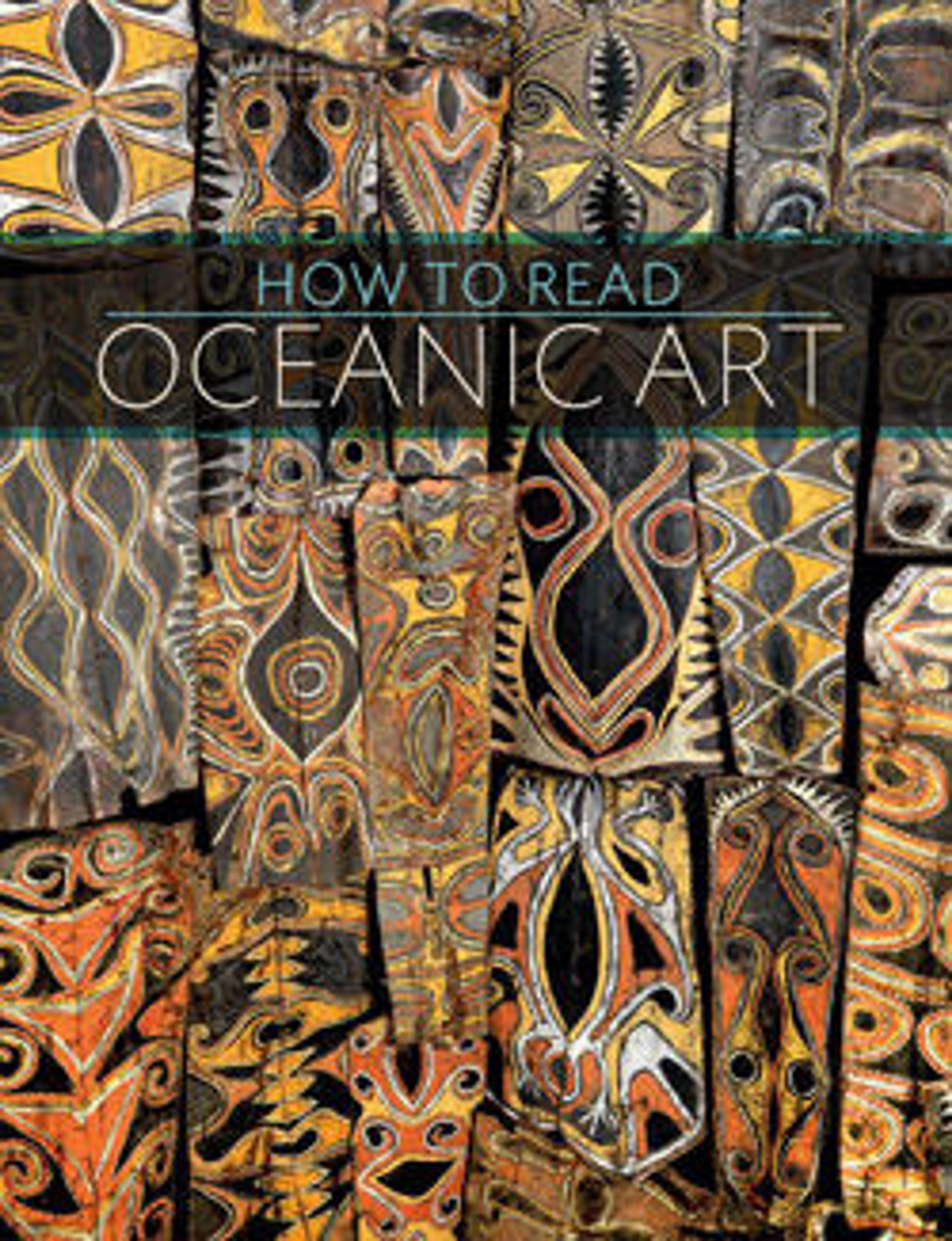Gable figure (Tekoteko)
Ancestors (tupuna) play a central role in Maori art and culture. The majority of human images (tiki) in Maori art portray ancestors, and some of the finest ancestor images were, and are, created as architectural ornaments. This imposing tiki is a tekoteko (gable ornament), which once adorned the roof peak of one of the major buildings in a Maori village, likely that of a storehouse (pataka), belonging to the village chief and used to safeguard food, tools, weapons, and other items. Each gable ornament depicts a founding ancestor, the progenitor of the group (iwi) of which the community forms a part. In this image, the ancestor grasps a kotiate (a type of hand club) firmly in his right hand. The kotiate was used in hand-to-hand combat, and its presence suggests that this ancestor was an accomplished warrior. Probably carved in the 1820s, this work, which was collected soon after it was made, still preserves its original polychrome paint.
Artwork Details
- Title: Gable figure (Tekoteko)
- Date: 1820s
- Geography: New Zealand
- Culture: Maori people, Te Arawa
- Medium: Wood, paint
- Dimensions: H. 26 in. × W. 11 1/4 in. × D. 3 1/4 in. (66 × 28.6 × 8.3 cm)
- Classification: Wood-Sculpture
- Credit Line: The Michael C. Rockefeller Memorial Collection, Bequest of Nelson A. Rockefeller, 1979
- Object Number: 1979.206.1437
- Curatorial Department: The Michael C. Rockefeller Wing
More Artwork
Research Resources
The Met provides unparalleled resources for research and welcomes an international community of students and scholars. The Met's Open Access API is where creators and researchers can connect to the The Met collection. Open Access data and public domain images are available for unrestricted commercial and noncommercial use without permission or fee.
To request images under copyright and other restrictions, please use this Image Request form.
Feedback
We continue to research and examine historical and cultural context for objects in The Met collection. If you have comments or questions about this object record, please contact us using the form below. The Museum looks forward to receiving your comments.
